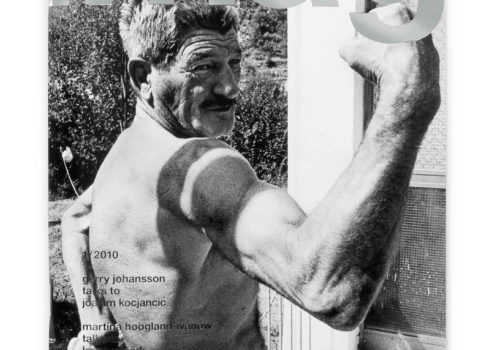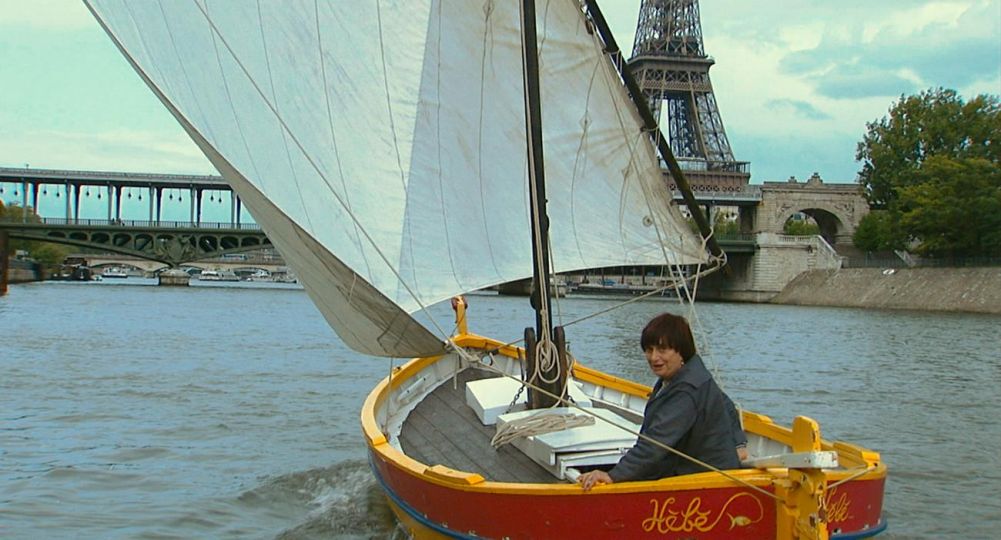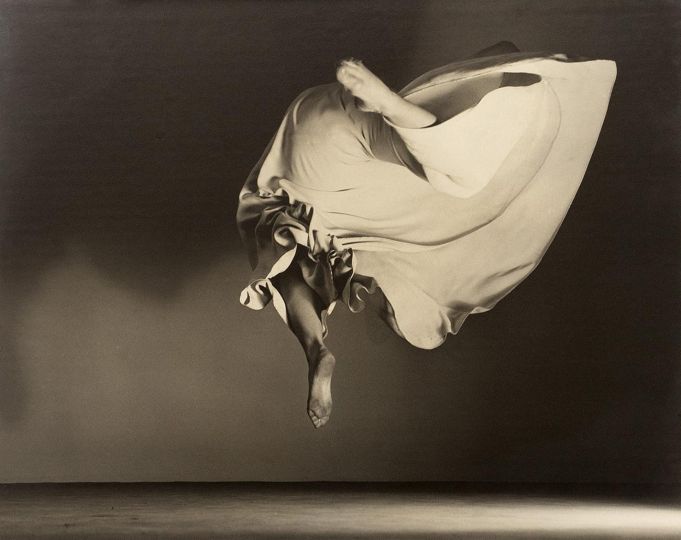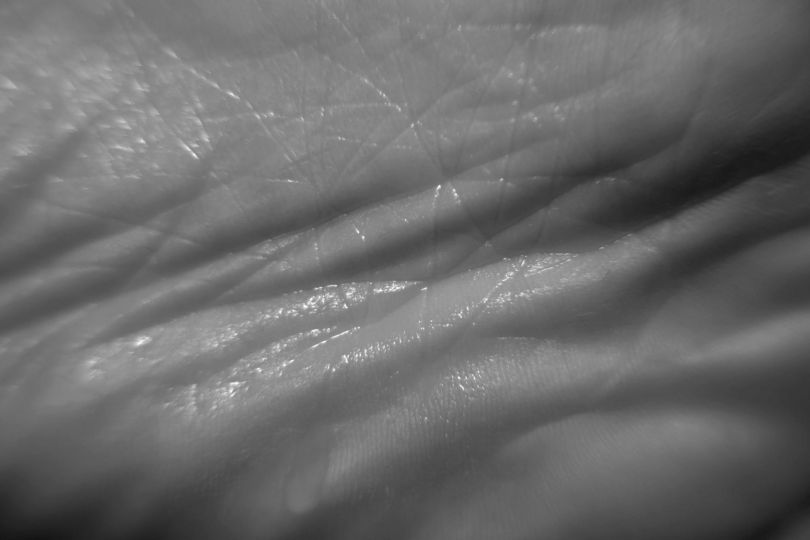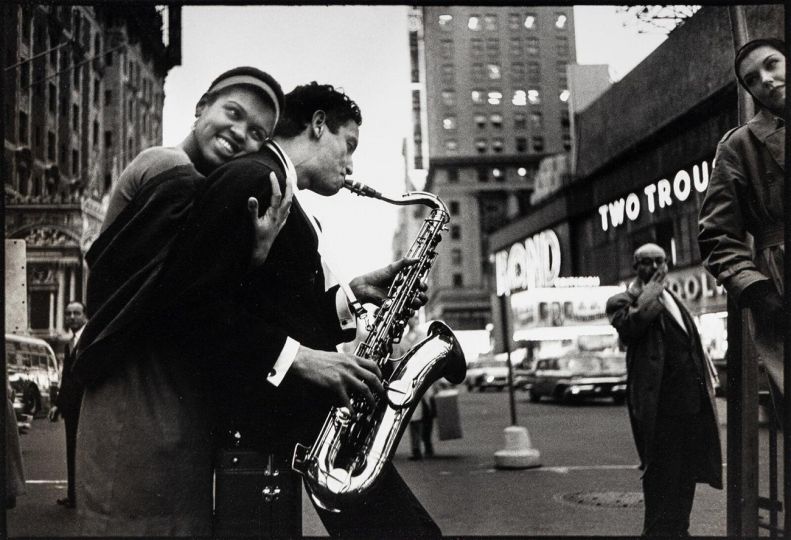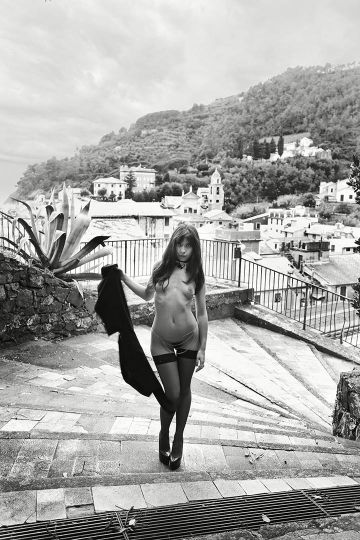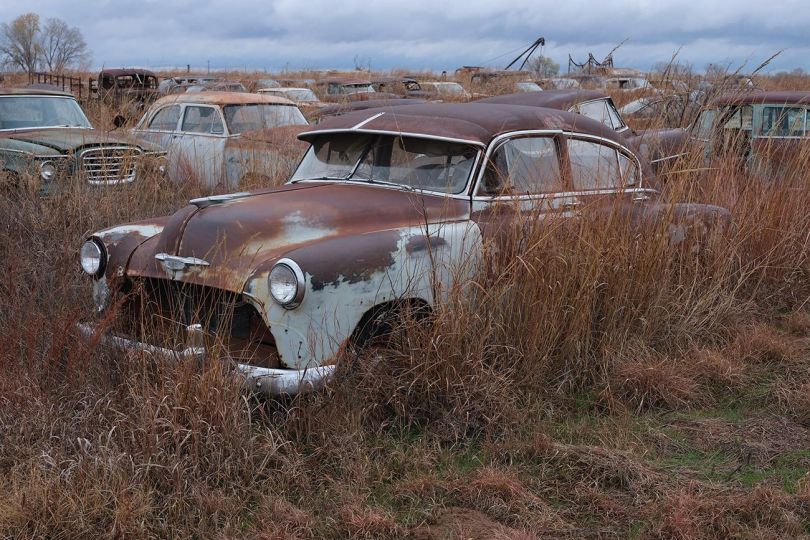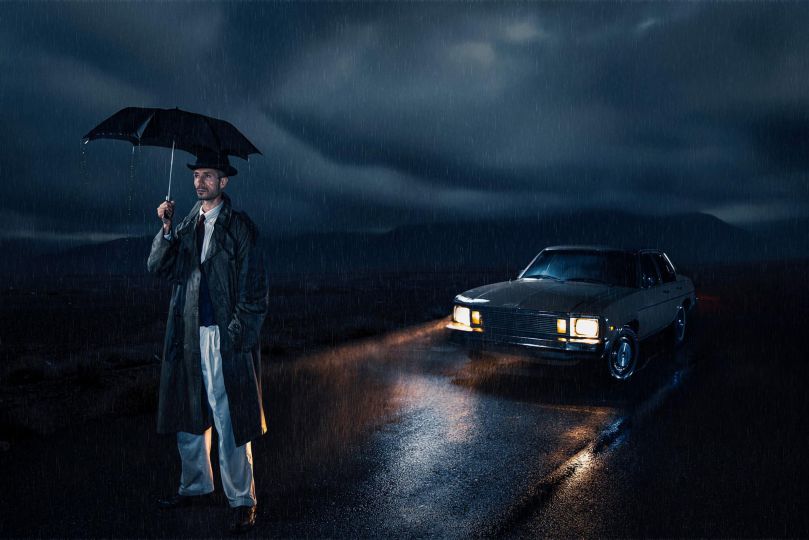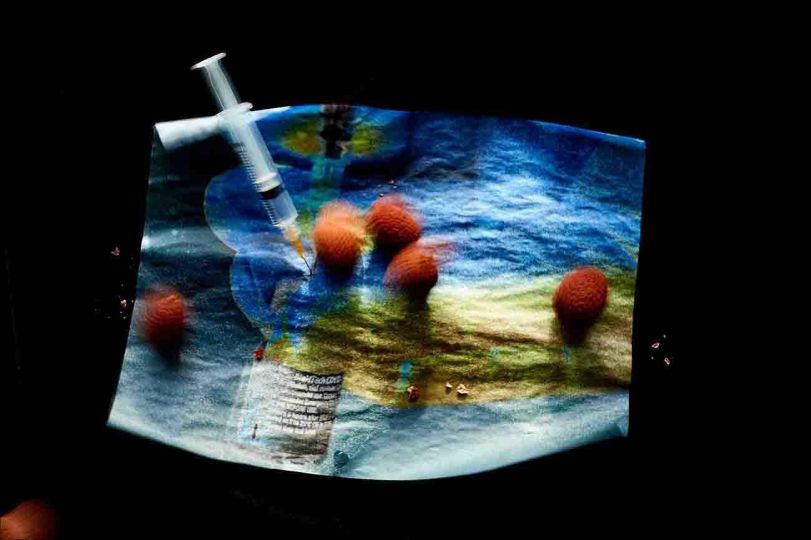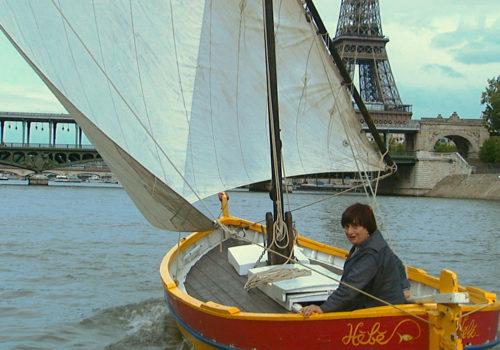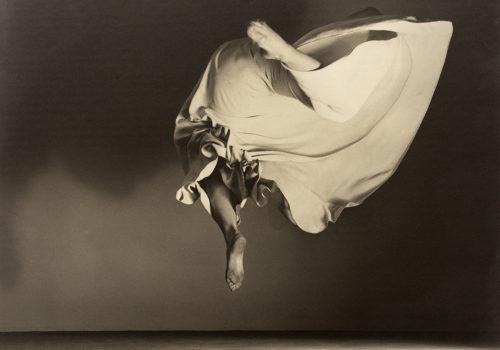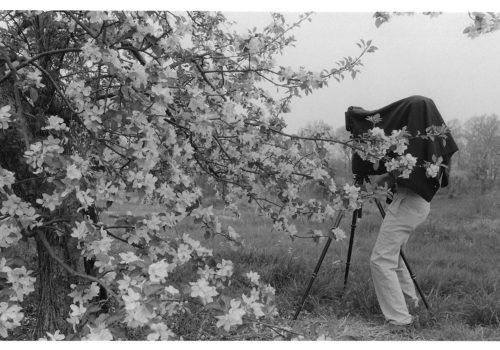IMAG is published by the picture agency Link Image in Stockholm. Lena Gullberg, who started the first photography agency in Scandinavia in 1990, and her partner Mia Bengtsson Plynning represents 49 photographers. Apart from selling images, Link Image also aim to support their photographers in non-commercial contexts such as exhibitions and book productions. On their ”Art Edition”-site you can buy original prints, photobooks and vintage posters.
IMAG is yet another way to give their photographers a space to discuss their work and photography in general.
In the first issue of IMAG you will find contributions from photographers like Martina Hoogland Ivanow, Lars Tunbjörk, Gerry Johansson, Joakim Kocjancic, Björn Terring and Martin Palm. And they don´t just show images – they talk as well. A big part of the magazine is built on conversations between photographers. In this issue it´s all about documentary photography.
Below an extract from a conversation between the photographers Martina Hoogland Ivanow and Lars Tunbjörk as printed in the first issue of IMAG
Martina Hoogland Ivanow: The idea about documentary photography itself has changed greatly, especially during the last few years. Previously it was not permitted to be subjective. It was important to relate the truth, and to have an ”honest eye”.
Lars Tunbjörk: But that honest eye doesn’t exist.
MHI: No. It always becomes subjective. And today, it is much more acceptable to be subjective, more personal in your work. Now, it’s how you work with strengthening the moment which is more important.
LT: A human who sees a camera straightens up and becomes solemn too easily. I sometime wonder if what happens and what I depict with my pictures would have happened at all, if I hadn’t been there with my camera.
MHI: A picture can sometimes be an actual documentation of what happens if there is a camera in the room. It is a staging of a situation. Is the staged picture less of a documentary then? That is something I have thought about researching as a theme. The difference between documentaries and staged photography is absolutely mostly taking a standpoint.
LT: An important part for us is how we choose, what we take a liking to. An enormous book has been published with all of Robert Frank’s contact charts from The Americans. And it is unbelievably exciting to see how he keeps focused on one and the same person; there is a series of pictures, maybe four, five in one series. And then, bang, there is just one picture. Then a new series of pictures follows. But it is remarkably often that he chooses the individual picture, between all the series.
MHI: Choosing pictures is a fun process. If the actual moment the picture is made is more physical and instinctive, then the selection is made with more thought. Time is needed, sometimes time is also needed to go back and to complement. It happens when you mix a more documentary situation with a staged one. As when I worked with my speedway series; I needed a few pictures in order for the series to be complete. It becomes a type of staging.
LT: I see staging more as working with models, building a room and that type of active choices or actions. The result is pictures I would never call documentary. I may be more conservative in my understanding of it.
MHI: But if you ask someone to sit on a table instead of standing? You choose to come at 12 o’clock when the light is at its best… That is clearly staging and that’s why I also mean that it is a question of attitude. Perhaps documentary photography is more of an area of interest, rather than a genre?
LT: My way of taking photographs is probably not actually ”hard core” documentary photography. I just thought of Gilles Peress, who is very intellectual and a form-driven photographer, quite simply a classic photo reporter. In his book Farewell to Bosnia you can see that something is happening with his method of taking pictures. It’s as if he feels the subject is so important that he forgets all the requirements for form and instead lets the subject take over. It just flows on and the series becomes one of the most naked documentaries I have ever seen. Very strong – it is so intimate and uncensored.
MHI: For me, this hardcore documentary photography is very strongly connected with photo journalism and that there is also a political motivation or undertone. But, I also feel that photography can be taken much too seriously.

